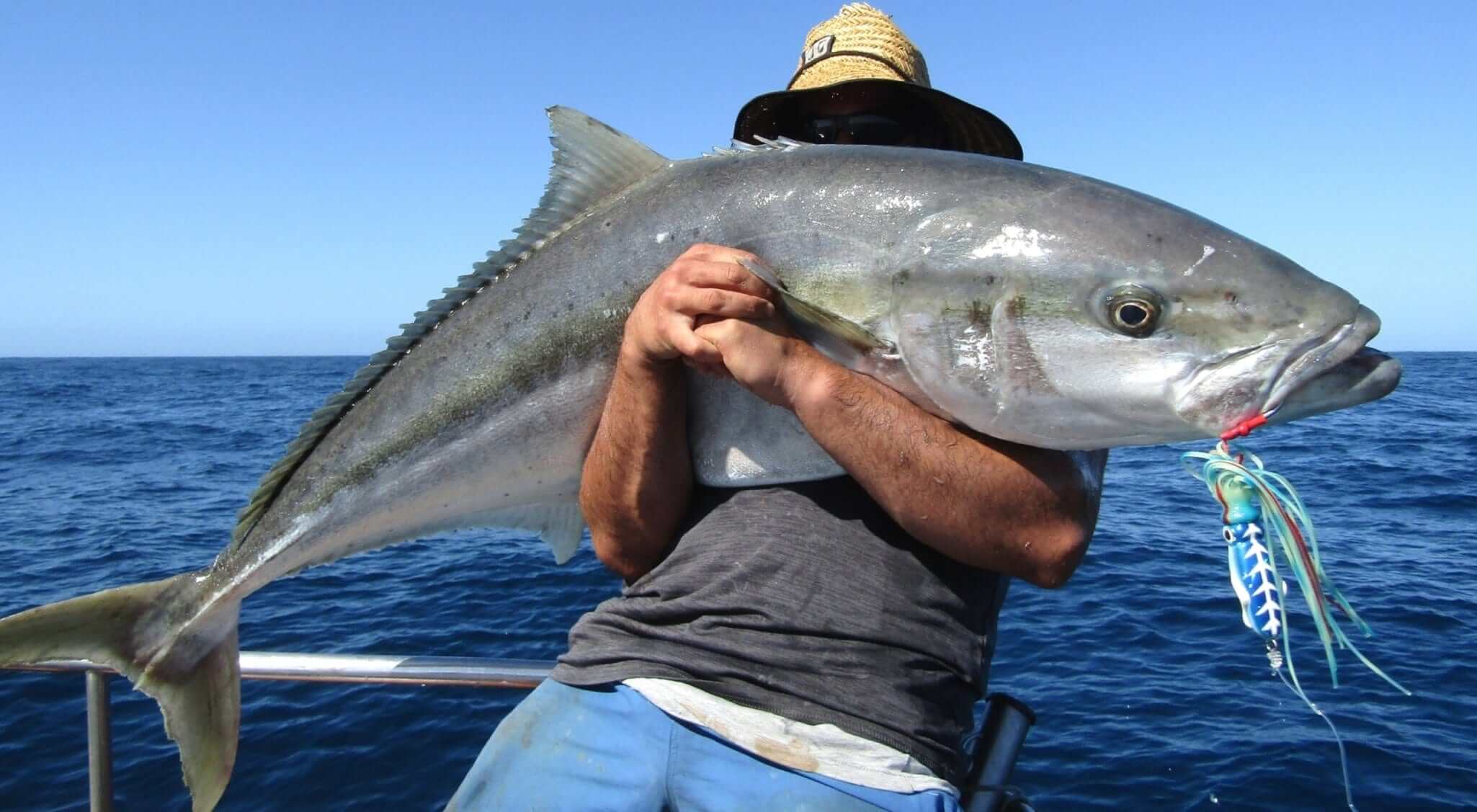-
-
- Anchor Buoy Combos for Nets
- Butterfish Fishing Nets
- Bait Herring Nets 0.35mm
- Commercial Fishing Nets
-
- Customary Fishing Nets
-
-
- Fishing Net Accessories
- Flounder Fishing Nets
-
- Mullet Fishing Nets
- NZ EEL Fyke Nets
- Net Floats Leads & Rope
- NZ Piper Bait Nets
- Pacific Islands Complete Nets
- Pacific Island Fishing
- Snapper Fishing Nets
- Scallop Dredge Net
-
- Alli and Copper Crimps / Beads / Fluro Tubing
- Bait Burley & Ice
- Breakaway Surfcasting Sinkers
- Ball Fishing Sinkers
-
-
- Clothing & Accessories
-
- Fishing And Storage Bags
- Fishing Gaffs
- Fishing Braid
- Fishing Tackle Storage Boxes
-
-
-
- Fish Smokers & Sawdust
-
- Fish / Boat Landing Nets
- FishTech & Starfish Lead Reef Fishing Sinkers
-
- Helpful Fishing Tools
- Kilwell Game Outriggers
- Kilwell Fly Fishing Rods
- Lead Fishing Sinker Moulds
- Measures and Scales
- Pyramid Sinkers
- Product Videos
- Saltwater Fishing Hooks
- Spoon Sinkers
- Stainless Wire Rope
- Sinker Packs
- Snap On Sinkers
- Starfish Longline Sinkers
- StarFish Lead Egg Shape Fishing Sinkers
-
-
- Anzor
- Black Snake Recovery Strops
- Crane Lifting Eye Bolts
- G70 & G80 Chain Accessories
- Height Safety Roofing Equipment
- Industrial Accessories
- Industrial Racks
- Pulleys
- Ratchet Tie-Downs for Car Truck Trailers
- Snap Hooks
- Stainless Steel Shackels
-
-
- Transport Safety Chains
- Titan AMG Steel Winches
- Winch Lines and Soft Shackles
-
-
- Anchor Chain Rope Winches
- Anchor Drum Winches
- Bow and Stern Thrusters
- Buoys and Fenders
- Buy Online CRC Products Now
- Buy Online | Salt Attack Products
- Charging Systems & Power Accessories
- Electrical RV & Marine
-
- Fire Extinguishers
- Life Jackets Vests
- Marine Anchors
- Marine Accessories
-
- Battery Chargers
- Battery Accessories
- Battery Switches
- Electrical RV & Marine
- Fusion Marine
- Inverters 12V 24V to 230V
- Lenco Linear Actuators
- Marine & RV Lighting 12V 24V 230V
- Gas Fuel Tank Monitoring Instruments
- Plugs & Sockets
- Power Supply 230V to 12-24V DC
- Marine Boat Switches 12V 24V
- Bilge Pump
- Marine Gas Struts
-
- Bilge Pump
- Circulation Pumps
- Marine & RV Diesel Heaters
- Galley Pumps
- Live Bait Tanks & Pumps
- Maceration Pumps
- Oil Extraction
- Pressure and Water Pumps
- Shower Components
- RV and Marine Toilets
- Marine & RV Valves
- Marine & RV Water Heaters
- Marine & RV Wash Down Pumps
- Water Tanks & Strainers
- Bilge Switches
-
-
-
- Chartplotter & Sounder Transducers
- Electronic Navigation Charts
- FLIR Marine RV Handheld Cameras
- GPS Plotter & Sounders
- Intellian Sattelite TV Domes
- Marine Electronic Fish Finders
- Marine Navigation
- Nav and Fishing Sounders
- Network Antenna & Splitters
- Simrad Marine Boat Autopilots
- Sailing Instruments
- Small Boat Marine Radar
- VHF Marine Radio Best prices
- Marine Fridge Freezers
- Marine Safety Equipment
- Marine Winches
- Marine Lighting & Rv Lighting
- Marine & RV Pedestals,Seats & Tables
- Marine Windshield Wipers
-
- Pacific Island Charters
- Rope Capstan Winches
-
- Simrad Marine Boat Autopilots
-
-
-
- Braided Polyester Ropes
- Braided Nylon Ropes
- Braided Polypropylene
- Braided Lead Core Rope
- Bridon Cookes Ropes
-
- Cray Fishing Rope
-
- Dynamica-SK75 Ropes
- Dyneema Ropes
- Fineline Braided Rope Range
- Natual Manila Rope 4mm to 48mm
- Polypropylene Ropes
- Polyester Rope 6mm to 40mm Dia
- Pro Manila Synthetic Manila Rope
- Rope Splicing Accessories
- Samples - Rope Samples
- Nylon Rope 6mm to 40mm
- 50% Off Manila Rope Shorts Plus Manila Rope Guide: Uses, Sizing & Care
-
- Air Conditioning, Cooling Fans, Water Heaters
- Awnings & Accessories
- Bike Racks & Accessories
- Caravan Movers
- Cookers Fridge Freezers
- Marine RV Motorhome Heating
- Miscellaneous Outdoors
-
- RV-Motorhome Seat Swivels
- Sleeping Bags
- Steps and Ladders
- Trolleys and movers for your caravan or motorhome.
- Tapes/Sealants
- TV's Satellite Dish Accessories
-
-
-
-
-
- Butchers Knives Blue Progrip
- Stainless Steel Fish Knife Range
- Fishing, Butchers & Chef Knife Sets
- Knife Steels & Sharpeners
- Knives High Carbon Steel
- NZ made Butchers Knives
- NZ Made Chef's Kitchen Knives
- NZ made Diving Knives
- NZ Shellfish Knives
- Produce & Packers Knives
- Sharpening Steels & Accessories
- Victory Wholesale Fish Knives & Shellfish Knives
- Victory Knives Accessorie Range
- Victory WholeSale Butchers Knives
- Wholesale Hollow Ground Butchers Knives
- Victorinox Knives
-
- Butchers Saws & Cleavers
- Butcher and Fishing Knives
- Duel Knives
- Knife Steels & Sharpeners
- Knives High Carbon Steel
- Miscellaneous Knives
-
-
- SPECIALS
- Gift Voucher

